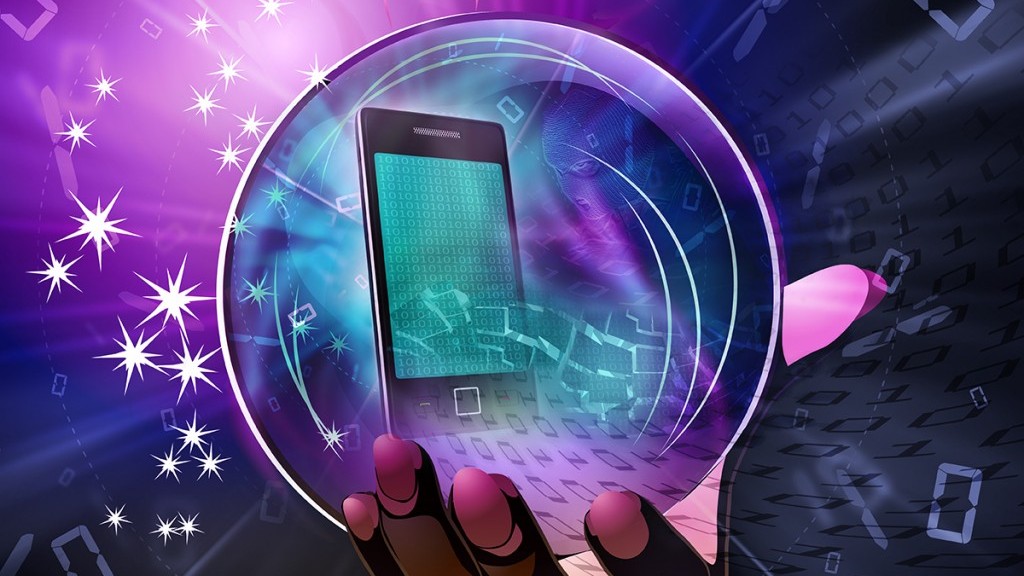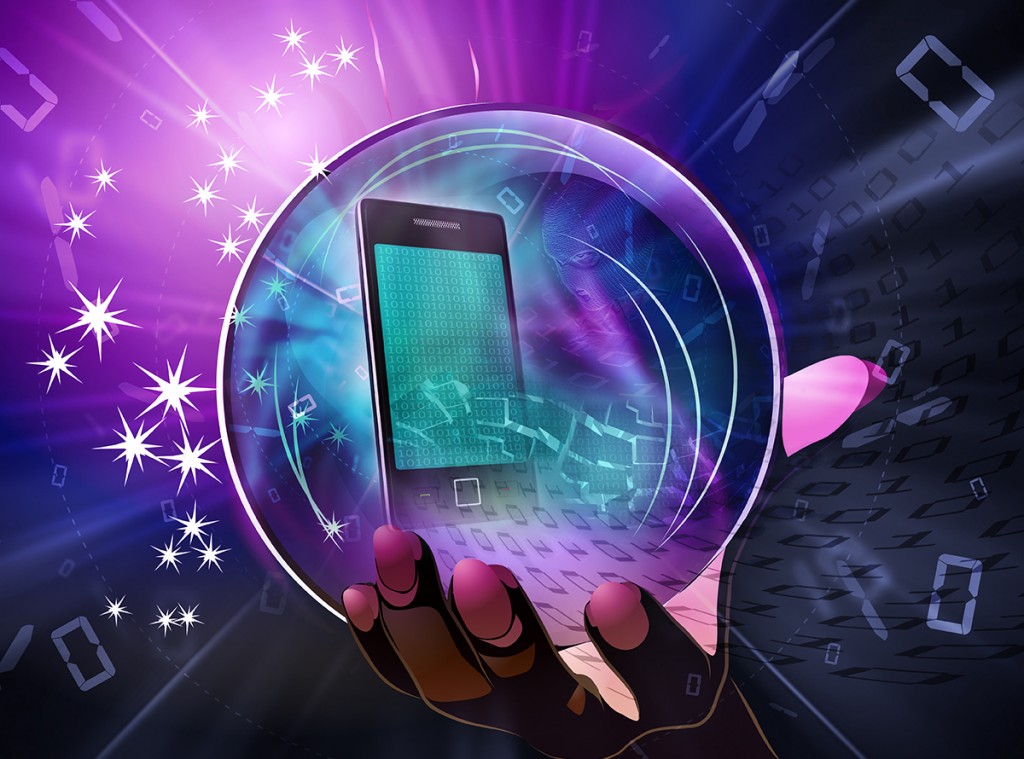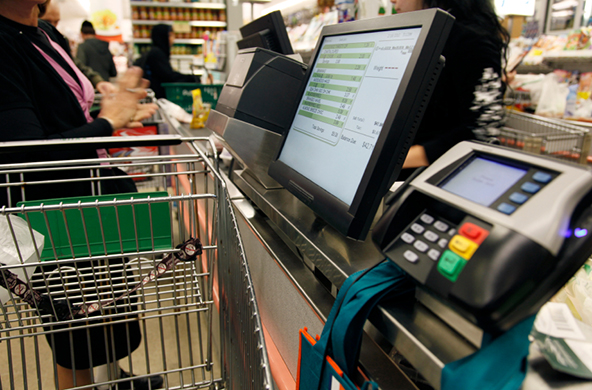The holiday season is a time of relaxation with family and friends. However, the news doesn’t stop and over while on the road with my family I read a story that seemed to take a sensationalist and quite negative angle.
The story titled “Politician’s fingerprint ‘cloned from photos’ by hacker” was posted on the BBC News website. It explains how, in October 2014, a hacker took photos of a politician’s hands at a news conference and managed to replicate their fingerprint from the photos. The ‘hacker’ quips that after this discovery, all politicians will most likely start wearing gloves.

Image courtesy of BBC
In the article, reference is made to the fact that both Apple and Samsung devices use biometric fingerprint technology to secure their mobile devices. It seems that this is meant to scare us into thinking the technology is not safe and that we cannot rely on our fingerprints to secure us.
We need to start the year with some perspective on this story. The process of recreating someone’s fingerprint this way is both difficult and time consuming and therefore unlikely to be an issue for the mass consumer audience.
It goes without saying that we have all seen locks being picked in movies yet continue to lock our doors with similar keys. Nobody is writing articles about how easy it would be to take a picture of your keys and accurately reproduce them.
I believe we should be celebrating that authentication mechanisms once only used by large companies and government agencies have found their way into our everyday lives.
If you look back a few years, only a few people used PIN numbers on their phones. If the introduction of swipe codes and biometric security increases the number of people with locked phones, isn’t that a good thing? It shows that more consumers than ever are protecting their devices in some way to stop people stealing their information.
I do of course understand that research into weaknesses in security such as this should be carried out and exposed so that better technologies can be developed.
But my final thought is to encourage people to use security on their phones rather than trying undermine the systems that might well protect them.
So how can you keep your mobile device safe? Here are some tips from AVG Academy on securing your Android mobile:


